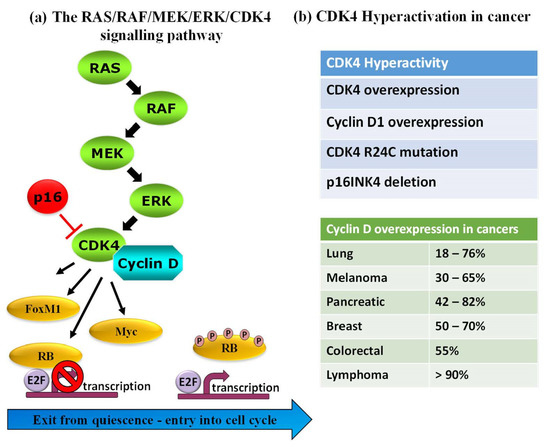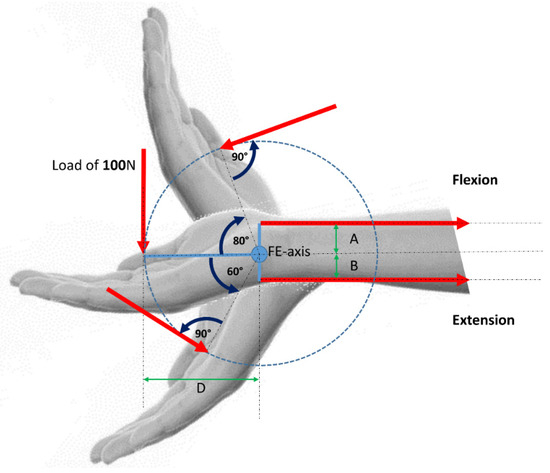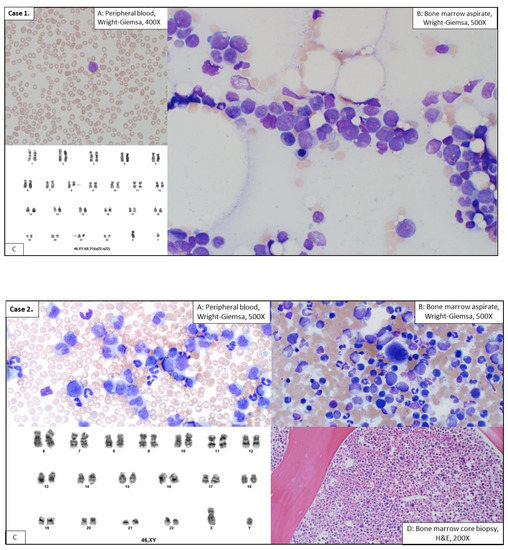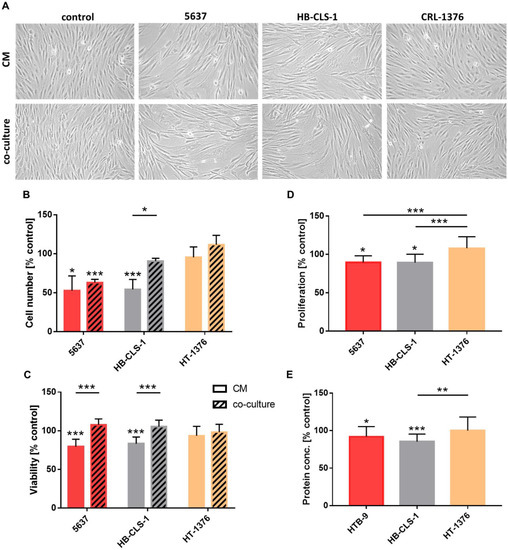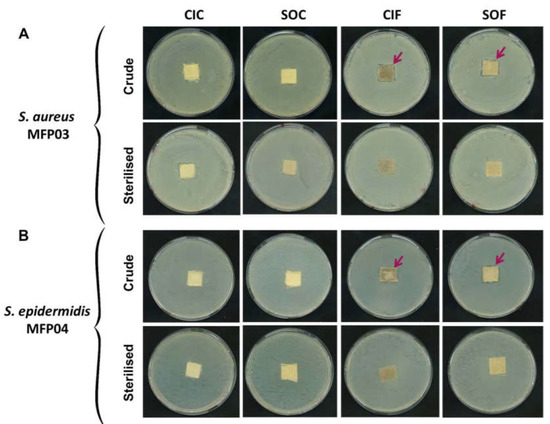Life 2022, 12(4), 543; https://doi.org/10.3390/life12040543 - 6 Apr 2022
Cited by 6 | Viewed by 3680
Abstract
Patients with m.3243A>G mutation of mitochondrial DNA develop bilaterally symmetric sensorineural hearing loss. However, it is unclear how fast their hearing loss progresses over time, and whether they experience rapid progression of hearing loss. In the present study, we conducted a long-term hearing
[...] Read more.
Patients with m.3243A>G mutation of mitochondrial DNA develop bilaterally symmetric sensorineural hearing loss. However, it is unclear how fast their hearing loss progresses over time, and whether they experience rapid progression of hearing loss. In the present study, we conducted a long-term hearing evaluation in patients with MELAS or MIDD who harbored the m.3243A>G mutation of mitochondrial DNA. A retrospective chart review was performed on 15 patients with this mutation who underwent pure-tone audiometry at least once a year for more than two years. The mean follow-up period was 12.8 years. The mean progression rate of hearing loss was 5.5 dB per year. Hearing loss progressed rapidly to be profoundly deaf in seven patients during the observation period. Heteroplasmy and age-corrected heteroplasmy levels correlated with the age of onset of hearing loss. These results indicate that patients with m.3243A>G mutation have a gradual progression of hearing loss in the early stages and rapid decline in hearing to be profoundly deaf in approximately half of the patients. Although it is possible to predict the age of onset of hearing loss from heteroplasmy and age-corrected heteroplasmy levels, it is difficult to predict whether and when the rapid hearing loss will occur.
Full article
(This article belongs to the Special Issue Genetics of Mitochondrial Diseases: State of the Art)
►
Show Figures


